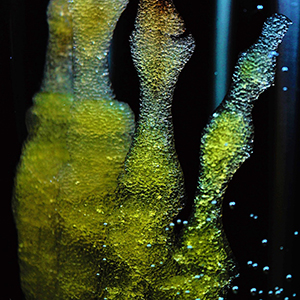The contribution of immunohistochemistry to the development of hydrogels for skin repair and regeneration

All claims expressed in this article are solely those of the authors and do not necessarily represent those of their affiliated organizations, or those of the publisher, the editors and the reviewers. Any product that may be evaluated in this article or claim that may be made by its manufacturer is not guaranteed or endorsed by the publisher.
Accepted: 17 February 2023
Authors
Hydrogels based on various polymeric materials have been successfully developed in recent years for a variety of skin applications. Several studies have shown that hydrogels with regenerative, antibacterial, and antiinflammatory properties can provide faster and better healing outcomes, particularly in chronic diseases where the normal physiological healing process is significantly hampered. Various experimental tests are typically performed to assess these materials' ability to promote angiogenesis, re-epithelialization, and the production and maturation of new extracellular matrix. Immunohistochemistry is important in this context because it allows for the visualization of in situ target tissue factors involved in the various stages of wound healing using antibodies labelled with specific markers detectable with different microscopy techniques. This review provides an overview of the various immunohistochemical techniques that have been used in recent years to investigate the efficacy of various types of hydrogels in assisting skin healing processes. The large number of scientific articles published demonstrates immunohistochemistry's significant contribution to the development of engineered biomaterials suitable for treating skin injuries.
How to Cite

This work is licensed under a Creative Commons Attribution-NonCommercial 4.0 International License.









